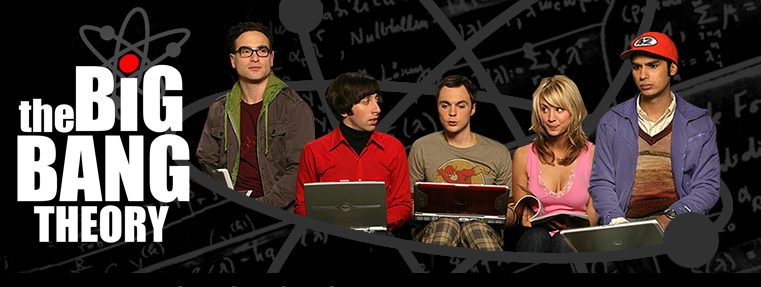This episode of The Big Bang Theory was filled with scientific references. Penny decided that she would like to know more about what Leonard does, so she visits his laboratory. I will discuss one of the instruments that Leonard tells Penny about.
The first device was a nitrogen laser, that Leonard tells Penny it “would cook your eyeball like a soft-boiled egg.” Everyone knows lasers can be dangerous, but we often do not discuss the specifics of why it is dangerous. The two major concerns for lasers, are the beam itself, and the high-power electrical hazards for generating the laser.
An interesting fact about the dangers associated with lasers is that a lot of the damage depends on what the beam wavelength and intensity are. Not many people instantly think of wavelength as a factor. But in fact, when looking at the damage possibility to the eye, wavelength is extremely important. Only wavelengths between 400 and 1400 nanometers can penetrate into the deeper layers of the eye. So, lasers with wavelengths around the ultraviolet range will only damage the surface of the eye, and cause things such as cataract formation. But, when you look at lasers on the other end of the visible spectrum, near the infrared wavelengths, they can do even deeper damage to the eye.
All of the visible light wavelengths that can pass through your eye’s outer surface are also extremely dangerous. They physically pass through your eye’s outer layers, are focused by your eye’s lens, and then hit your retina, where they can physically burn a hole in the tissue. This can result in permanent damage to a person’s nerves and their vision. Below is a graphic demonstrating how an eye’s lens will intensify the damage.
For more information, visit my source,
http://www.microscopyu.com/articles/fluorescence/lasersafety.html

